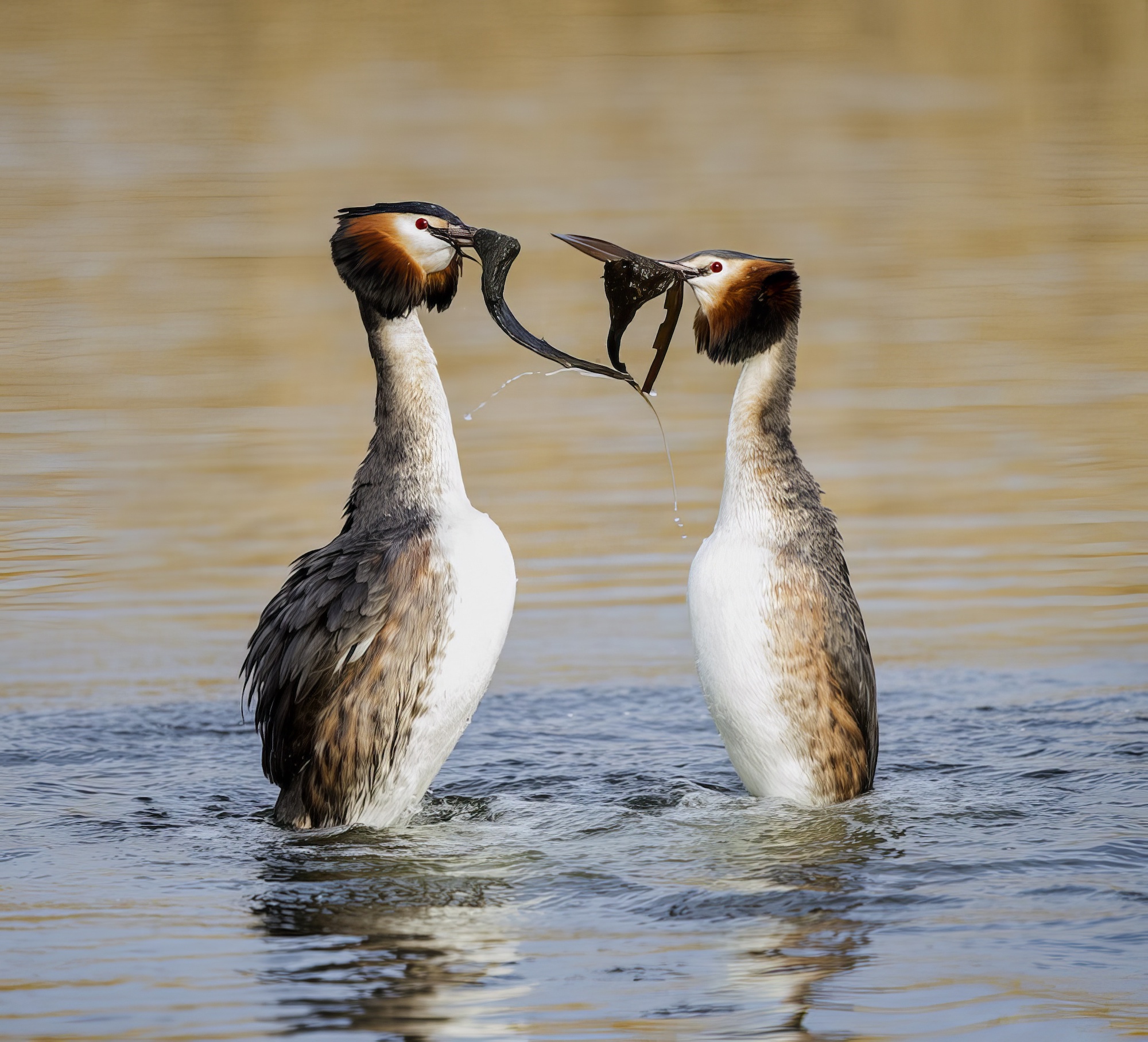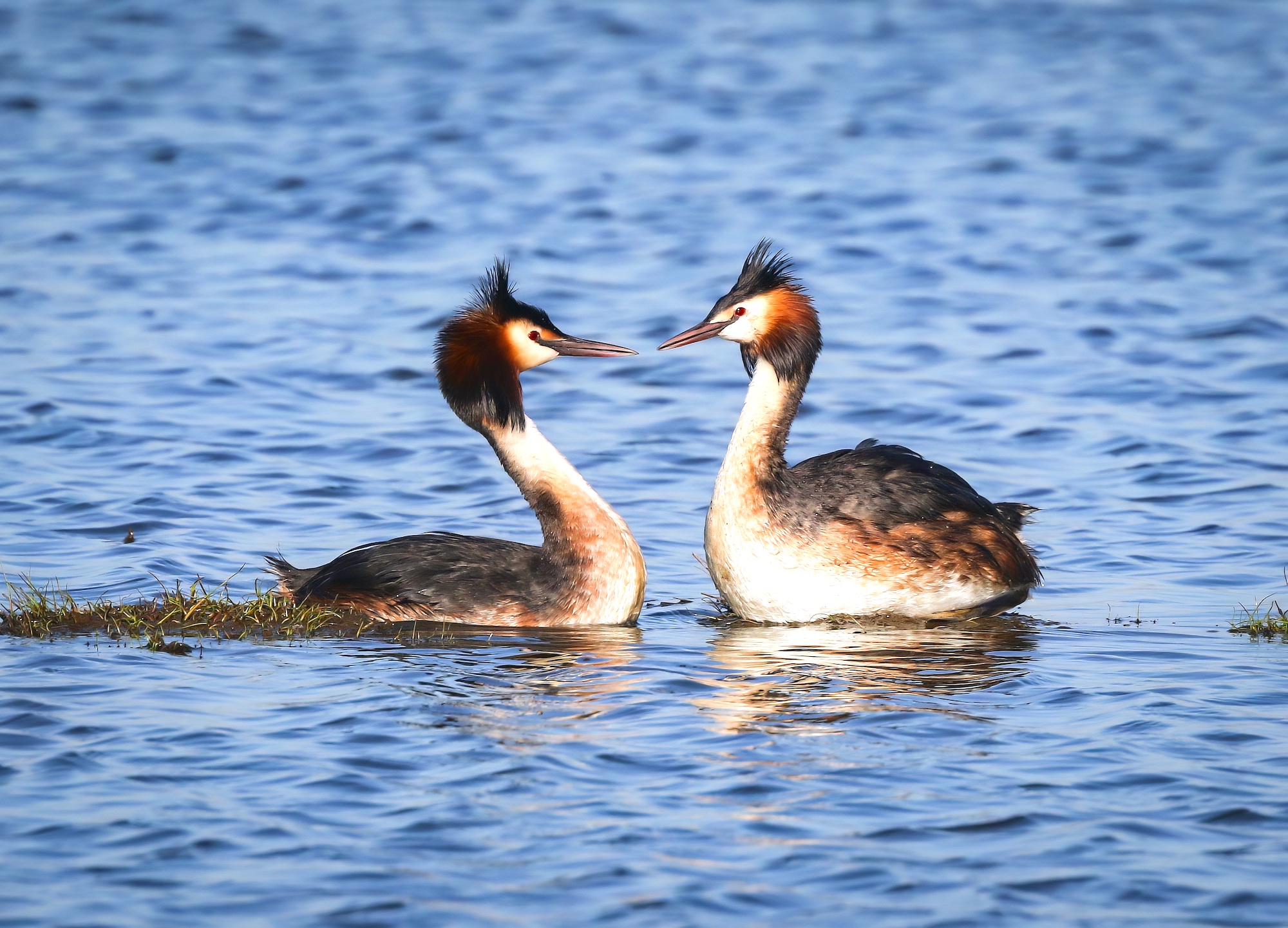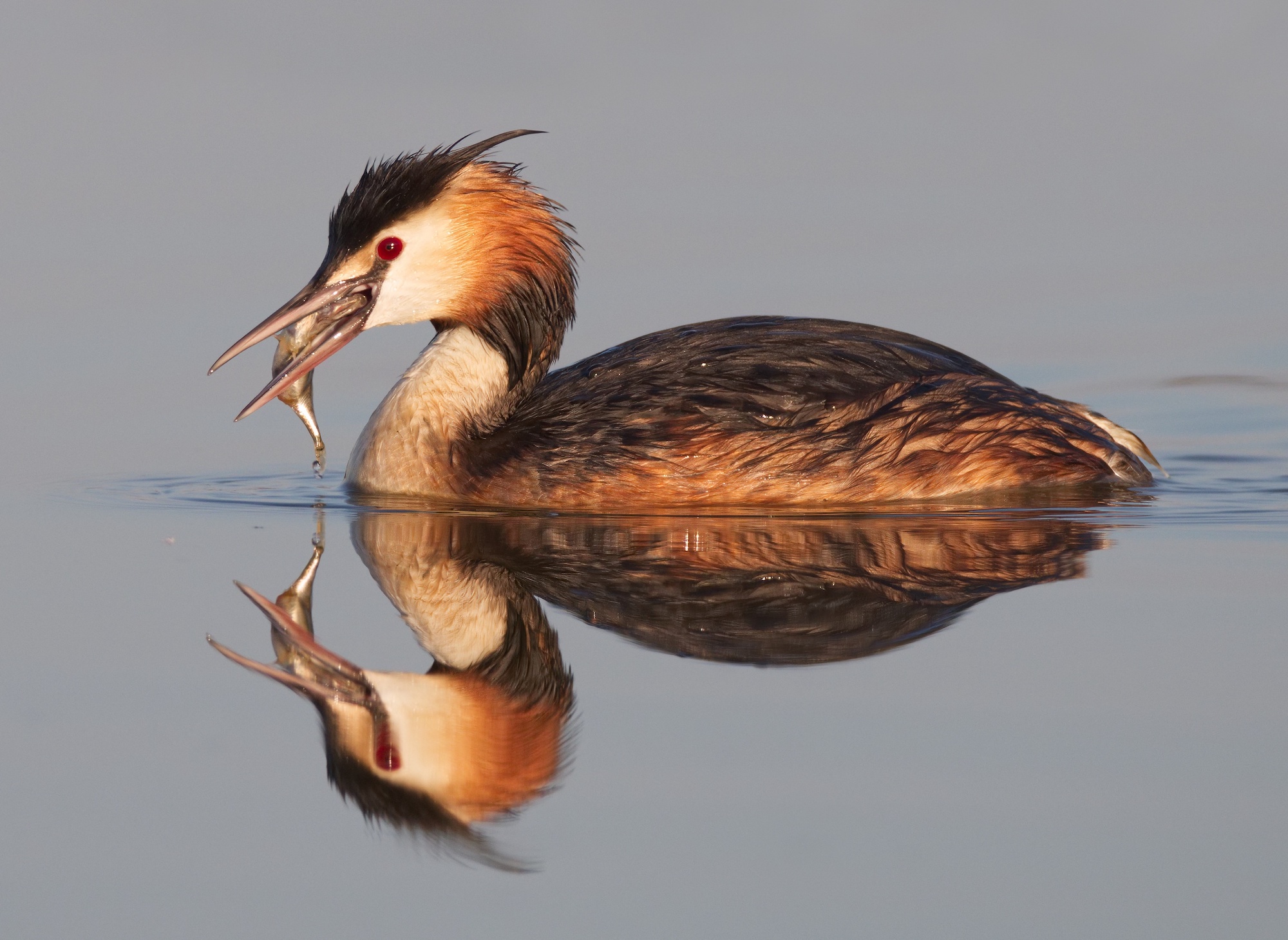Great Crested Grebe Podiceps cristatus
Fairly common resident, partial migrant and winter visitor. Suggestion of a recent decline from submitted records.



Plume hunters virtually eliminated this attractive grebe as a breeding bird in Lincolnshire by the end of the 19th century but protection (brought about by the formation of what is now the RSPB) allowed a slow renaissance of the population, charted by Lorand and Atkin (1989). The population continued to expand in Lincolnshire and by the late 1980s the Atlas estimated 350 pairs were breeding with 300 wintering. The last BTO Atlas 2007-2011 showed a fairly stable position in Lincolnshire mirrored across much of England. The APEP4 adjusted Lincolnshire estimate for 2016 is 200 pairs. This suggests that anecdotal evidence from LBR records that the recent population decline may well be correct. The wintering population appears to be generally doing well, and WeBS Online shows the five-year mean population to winter 2018/19 at around 400 birds, split broadly 35/65 between the coast and inland. Covenham Reservoir has tended to be the leading wintering site for this species in Lincolnshire over the last 30 years and the fluctuations in the peak counts there from 1970 to 2014 recorded by Robinson et al in LBR 2014 vary between fewer than 10 birds to nearly 150 in 2009/10. They also recorded significant mortality in 1974, when 56 birds present in early October had died by the end of the month; 11-20 birds also died there in October 2012. These episodes may have been associated with algal blooms, which have been implicated (but not conclusively proven) to be the cause of death among waterbirds including grebes elsewhere around the world.
Reference
Robinson, K., Clarkson, J., Harrison, M., and Henderson, A. (2014). The birds of Covenham Reservoir 1970-2014. Lincolnshire Bird Report 2014: 171-188.
(Account as per new Birds of Lincolnshire (2021), included January 2023)
